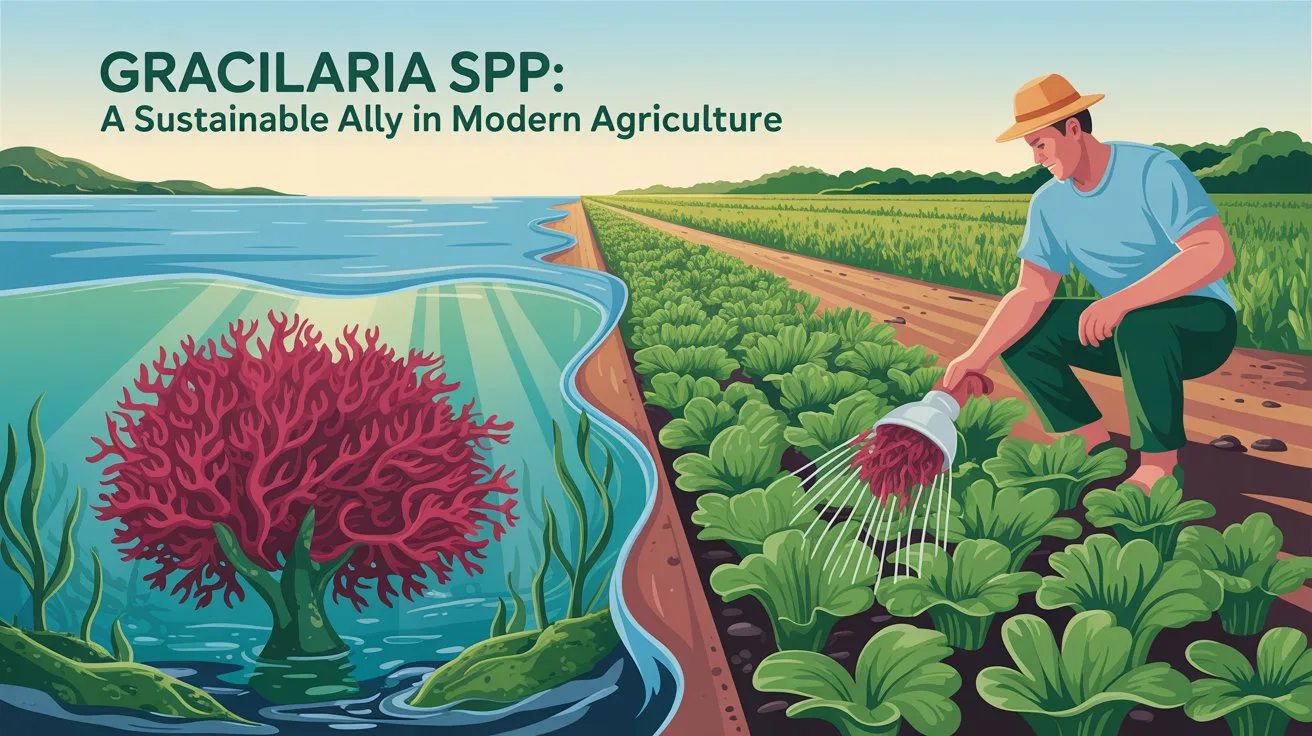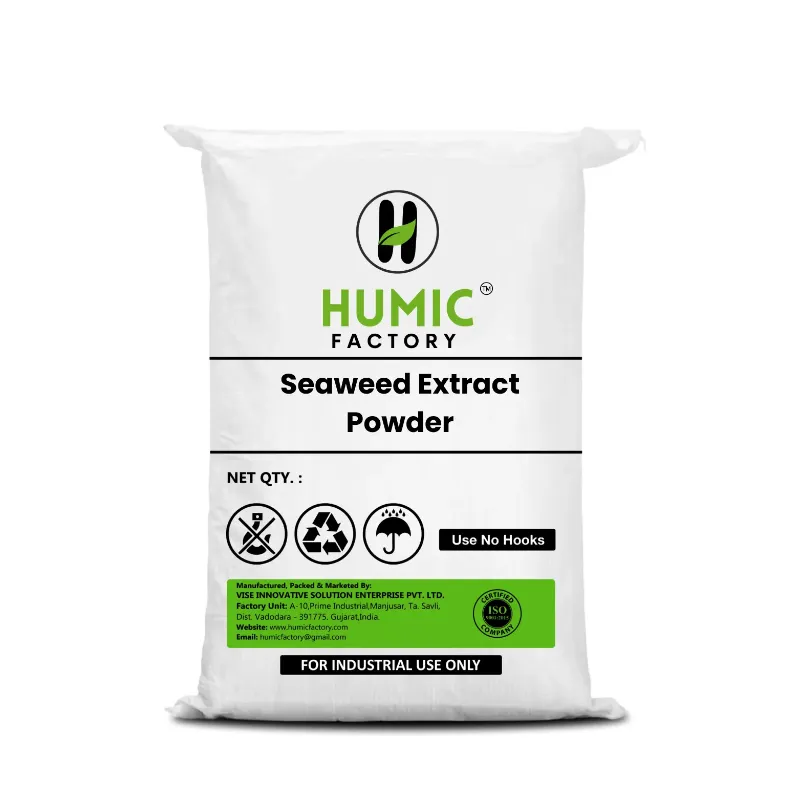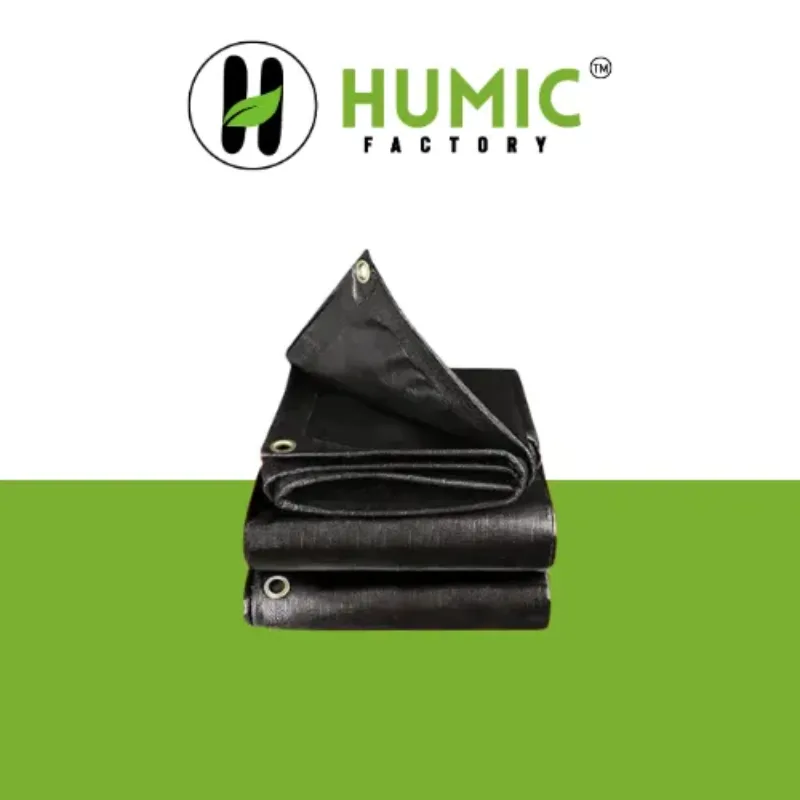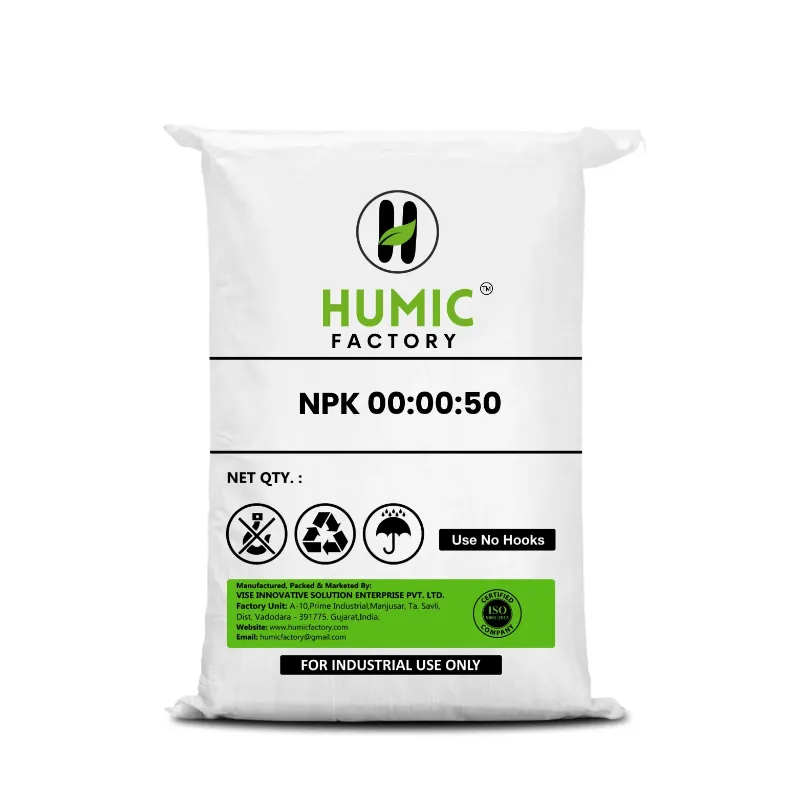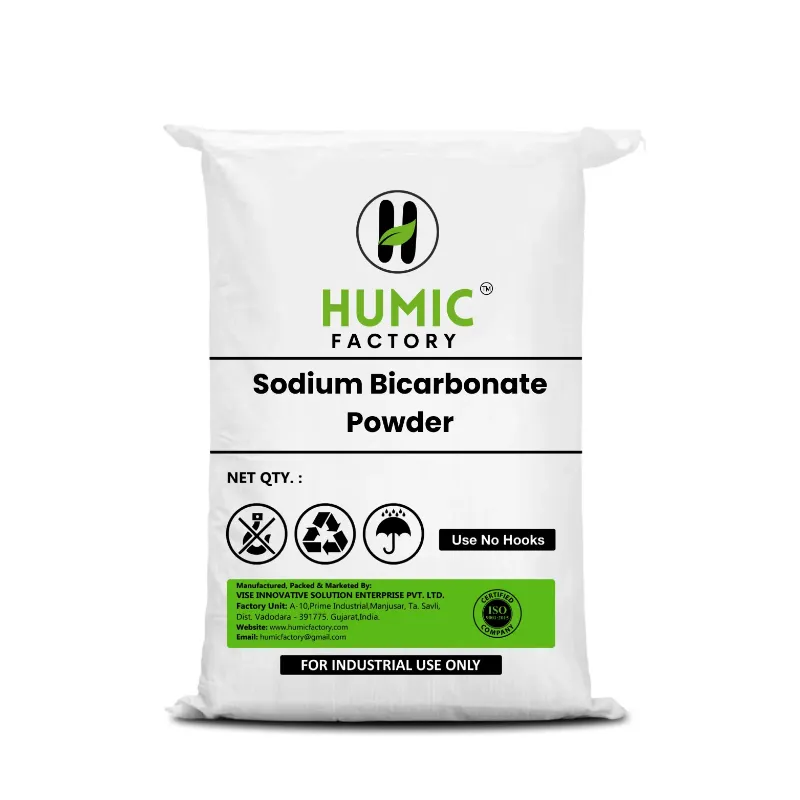Gracilaria spp. is red seaweed that has gained popularity within its use in sustainable agriculture. Gracilaria has a soft, branched form and grows in the warm coastal waters of oceans and seas, and is a notable source of agar or a soil-enriching organism.
As a rich source of natural minerals and bioactive compounds, Gracilaria spp. can enhance soil health, facilitate plant development, and replace the need for chemical inputs. Farmers around the globe are now looking towards using Gracilaria spp. as a natural fertilizer or soil amendment, particularly within organic or regenerative farming systems.
To broadly understand the impact of Gracilaria spp., it's important to know what Gracilaria is; it is not only a sea vegetable, but an environmentally-friendly resource that can fulfill a range of agricultural functions. In the context of today's world, meaning of Gracilaria is understood as sustainability, soil enhancement, and a greener approach to farming. As a result of the ever-growing awareness of the abundance and ecological applications of Gracilaria, its value as a natural partner for agriculture of the future increases.
Introduction – Why Gracilaria spp Is Gaining Importance in Agricoltura
As agriculture becomes more environmentally sustainable and reaches for limited-impact inputs, Gracilaria spp. is positioned as a valuable bio-resource. This genus of red algae has traditionally been known for agar production but is now getting some attention as a sustainable input for organic farming, soil amendment, and regenerative farming. Gracilaria is easy to cultivate, very low impact, and complements the growing sector of environmentally sustainable agriculture.
What is Gracilaria and Why Should Farmers Care?
Gracilaria spp. is a genus of red seaweed that is soft and branching, high in polysaccharide, and is often farmed in aquacultural systems, in warm marine environments.
Why do farmers need to care. Gracilaria has the capacity too:
- Acts as a naturally occurring bio fertiliser that can release essential trace elements.
- Provides organic matter that improves soil texture and moisture holding capacity.
- Provides organic matter capable of stimulating microbial activity in the rhizophere.
- Is suitable for organic certification and can be obtained and used in a residue-free manner.
- Gracilaria will serve as a resourceful input in integrated and organic farming systems.
Gracilaria Meaning and Botanical Classification
The meaning of Gracilaria in modern agriculture is evolving from seaweed to soil savior — offering a renewable, nutrient-rich alternative to synthetic inputs.
Rise of Seaweed in Organic and Regenerative Farming
Gracilaria spp is a leader in the progress toward seaweed-based solutions to soil and plant health. Here are the benefits for farmers:
- Organic Amendment: Gracilaria can improve soil structure and activity either as compost or mulch, thereby increasing microbial biodiversity, and soil health.
- Liquid Extracts: Gracilaria can also provide liquid extracts for seaweed-based foliar sprays to stimulate plant immunity and growth.
- Regenerative Contribution: Helps with crop rotation systems, reducing reliance on NPK synthetic fertilizers.
Since soil health will be the basis for sustainable farming, Gracilaria spp has two important roles to play as a bio-stimulant for plant growth and a way to naturally enhance soil fertility making it an important agro-ecological resource for climate-resilient agriculture.
The Nutritional Profile and Soil Impact of Gracilaria spp
While searching for sustainable and eco-friendly soil enhancers Gracilaria spp has emerged as a red algae, a powerhouse of nutrients and bioactive compounds. The impact of Gracilaria on agriculture goes beyond the marine ecosystem to provide tangible improvements including soil fertility, microbial health, and crop resilience.
Key Nutrients in Gracilaria for Soil and Plants
These essential trace elements can further contribute to plant health and resilience when delivered via Gracilaria.
Function: Iodine is used by living organisms and used in trace amounts by plants. It is thought to play a role in healthy plant growth by supplying a feedstock for the synthesis of secondary metabolites (plant hormones).
- Organic matter contributes to soil's macronutrients promoting healthy plant physiology, plant-soil interactions including nutrient uptake, and contributions to soil health and structure.
- We also did not describe the role of organic matter dissolved in soil solution (dissolved organic carbon-DOC), which is produced by microbes consuming organic matter in soil. DOC is derived from unprocessed plant residues and is broken down by microbial activity. Many researchers have said DOC, microbes, organic matter together promote soil health and be referred to as the three-legged stool to healthy soils and ecosystem.
In agriculture production, the incorporation of Gracilaria spp. which contains essential nutrient contributions, can yield many agronomic advantages supporting healthy soils beneficial to the crop.
Gracilaria Extract for Soil Microbial Activity
One of the less recognized, but equally powerful, characteristics of Gracilaria spp is its potential to stimulate beneficial microbial communities in the soil. Gracilaria polysaccharides function as prebiotics for soil microbial communities
- Enhancing Nitrogen-fixing bacteria numbers
- Increasing soil enzyme activity and organic matter decomposition
- Stimulating humus-rich topsoil formation
All of which change soil from an inert material into a living, dynamic ecosystem, which is essential for land regeneration and sustainable food systems.
Enhancing Crop Tolerance and Resilience
What is Gracilaria if not a plant protector too? In addition to the nutrition aspect, Gracilaria acts as a natural biostimulant, helping plant establish and build resilience against environmental stressors:
- Improved drought and salinity tolerance
- Enhances root structure and nutrient extraction
- Helps the plants immune response against fungal/ bacterial diseases
This is really useful in areas of climate variability, where soil conditions are poor and where crop productivity is continually being compromised.
Applications of Gracilaria spp in Sustainable Agriculture
Gracilaria spp is being adopted more and more by modern agronomy, not only for its nutritional attributes, but also as a natural input in organic and regenerative agriculture. Once applied to soil, or as a foliar spray, this red algae is a major asset to improving soil structure, plant health and environmental sustainability.
Using Gracilaria as Foliar Spray and Soil Amendment
Gracilaria-based formulations are highly effective both as foliar sprays and soil conditioners. Here’s how each application supports plant health:What is Gracilaria used for in practice? Farmers often create water-based extracts or slurries from dried Gracilaria to apply to crops at critical growth stages.
Organic Farming with Gracilaria-Based Inputs
Growing interest in chemical-free agricultural practices aligns well with Gracilaria spp as a sustainable and compliant option:
- Certified organic in many jurisdictions
- Free of toxic residues or synthetic additives
- Safe near pollinators and healthy soil fauna
- Biodegradable and non-toxic to ecological systems
Basically, this correlates with the whole Gracilaria concept in sustainable agriculture: an organic ally that supports and grows crops with no harm to the surrounding environment.
Compatibility with Compost and Biofertilizers
Gracilaria works synergistically with other organic inputs, making it a flexible addition to farm systems. It is especially beneficial when combined with:Together, these inputs create a holistic soil amendment program that improves long-term soil health and fertility.
Environmental and Economic Advantages of Gracilaria spp
Gracilaria spp is a red seaweed providing both ecological and commercial characteristics, and as we look for low impact and sustainable farm inputs, it is important to understand Gracilaria meaning; it is a bridge between marine systems and agricultural technologies and applications, in an increasingly sustainable aquaculture and algae focused agricultural system .H3 The production of Gracilaria spp has one of the smallest ecological footprints in agriculture for a few reasons: Zero fresh water use: the seaweed grows in seawater, not in farmland.
Reducing Chemical Dependency on Farms
What is Gracilaria doing differently for farms? It acts as a natural input that reduces reliance on chemical fertilizers and pesticides.Encourages natural plant growth without synthetic enhancers
- Safe for long-term soil health and pollinators
- Helps transition farms to certified organic status
Climate-Friendly Seaweed Cultivation
Gracilaria spp has one of the lowest ecological footprints, in agriculture.
Here is why:
- No freshwater requirement: Gracilaria grows in sea water, whereas land crops need freshwater.
- No fertilisers, no pesticides: Gracilaria takes nutrients directly from the aquatic system.
- Sequesters carbon: Gracilaria takes in CO₂ during growth, and therefore lowers greenhouse gases.
Market Potential of Gracilaria in Agribusiness
From traditional uses to new applications, Gracilaria spp is gaining ground in global markets:The Gracilaria meaning in today’s market goes beyond seaweed—it represents profit with a purpose. Governments and private firms are investing in seaweed startups and integrated farming models that use Gracilaria to meet environmental goals.
FAQs
Q1. What is Gracilaria used for in farming?
Gracilaria spp is commonly used as a natural biofertilizer, soil conditioner, and foliar spray to improve soil structure and plant nutrition in sustainable farming.
Q2. What does Gracilaria meaning refer to?
The Gracilaria meaning refers to a genus of red seaweed known for its rich nutrient content and agricultural applications, especially in organic and regenerative systems.
Q3. Can Gracilaria spp replace synthetic fertilizers?
Yes, Gracilaria spp can effectively reduce or replace synthetic fertilizers by enhancing soil microbial activity and providing trace minerals essential for plant health.
Q4. Is Gracilaria suitable for all crops?
Gracilaria spp is suitable for most crops, especially vegetables, fruits, and ornamentals, and is often used in both field and greenhouse environments.
Q5. How often should Gracilaria extract be applied?
Gracilaria extract can be applied every 15–30 days, depending on crop type and soil condition, either as a foliar spray or soil drench.
Conclusion – Embrace Gracilaria spp for a Regenerative Future
Gracilaria is more than just a marine plant! It is also an ally for regeneration in modern agriculture. As farmers and growers are seeking sustainable options to replace chemical inputs, Gracilaria is a natural source of nutrients, nutrients, extra benefits, and positive building blocks to soil. It can be used for nutrient dense foliar spray, composting, or as a soil additive. It can help improve and sustain long-term soil fertility, and crop viability.
Knowing what is Gracilaria also allows you to understand its diverse range of benefits from helping soil health, to encouraging agro-ecological alternatives. The deeper meaning of Gracilaria, is contributing to a cleaner, healthier planet! Implementing this great seaweed into farming systems is a strong step toward climate aware agriculture and a regenerative food security system!


